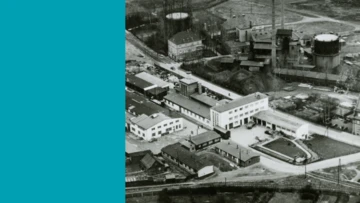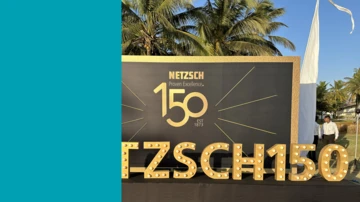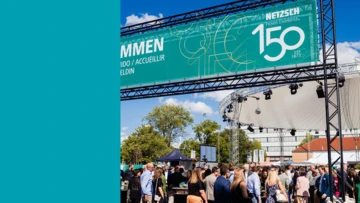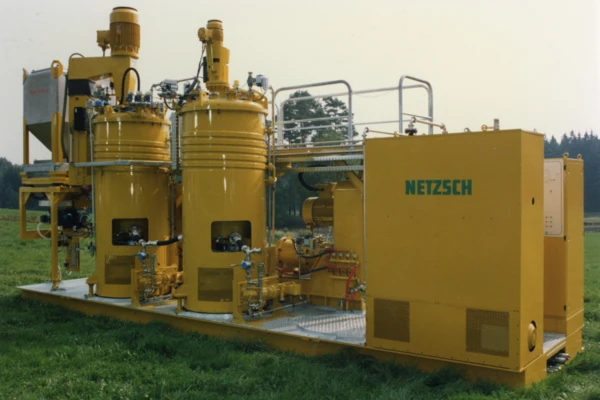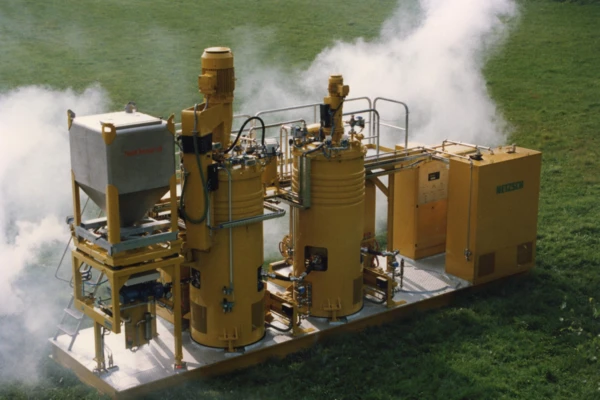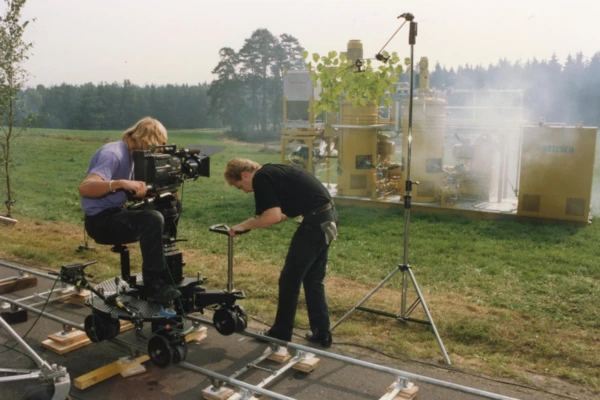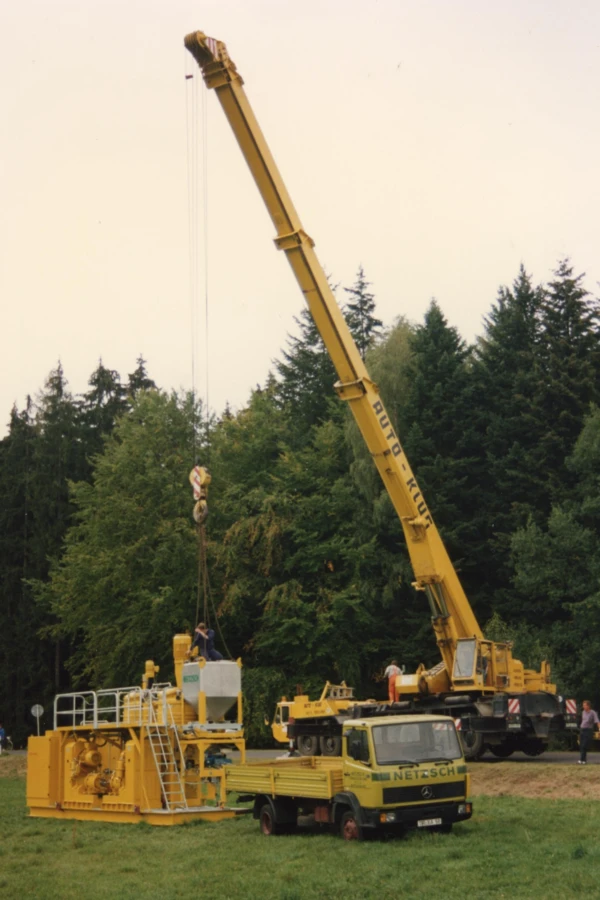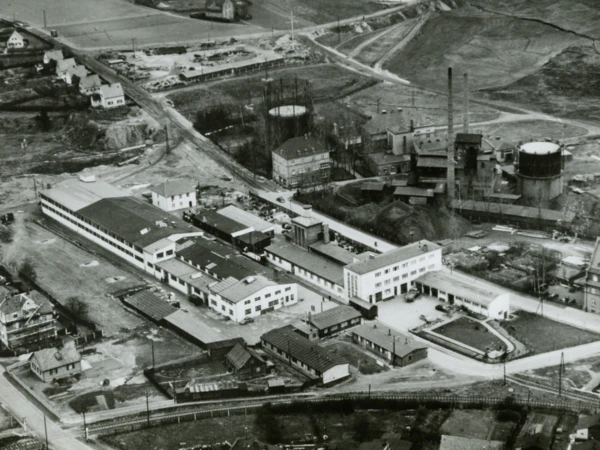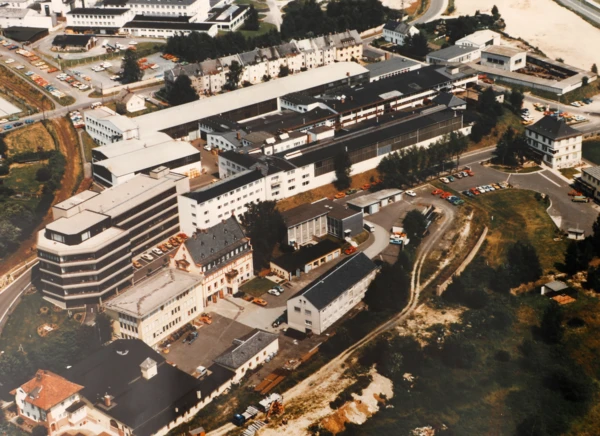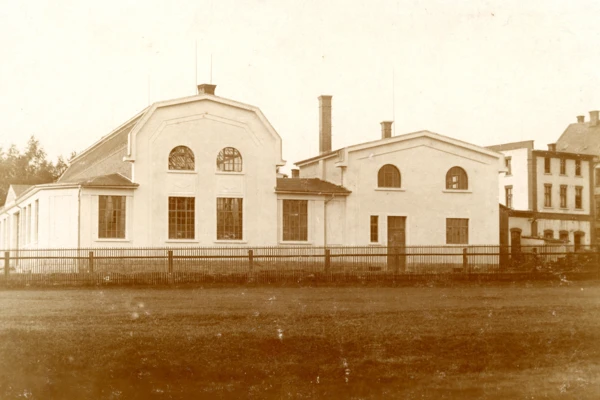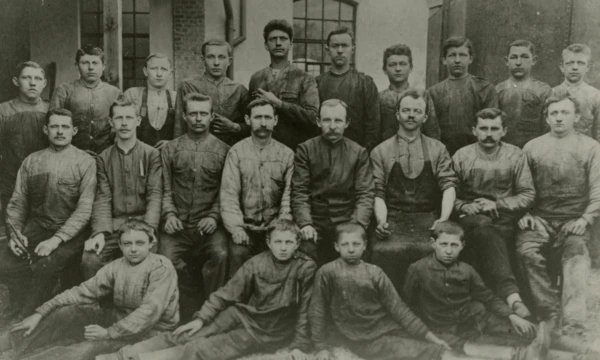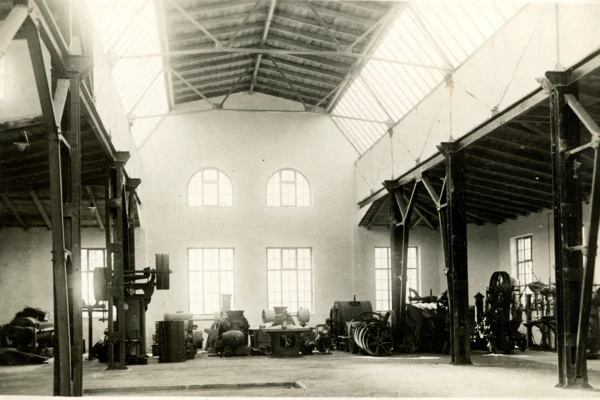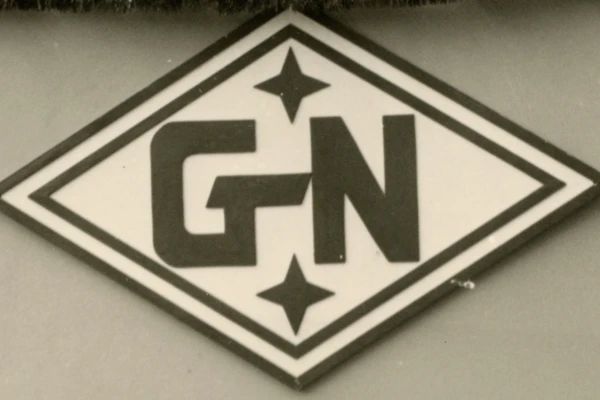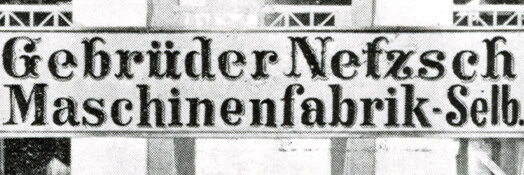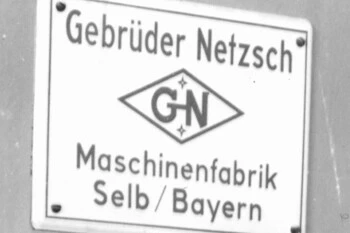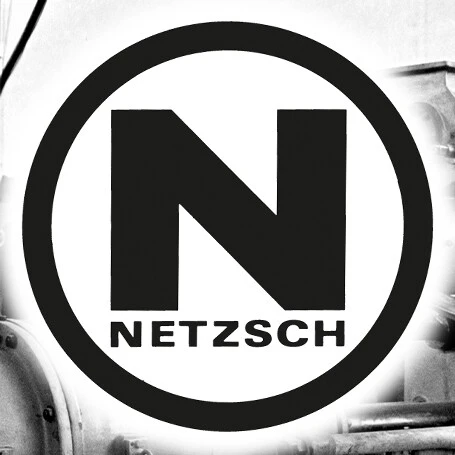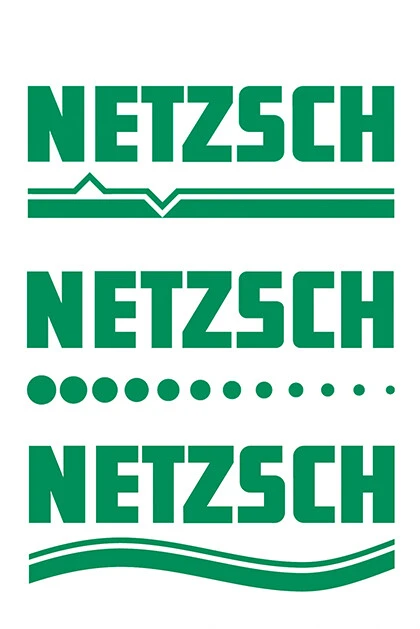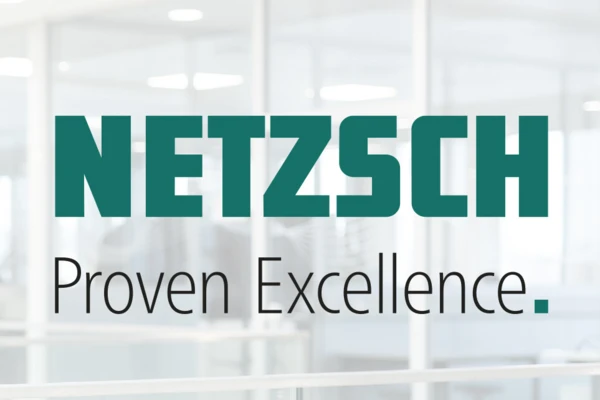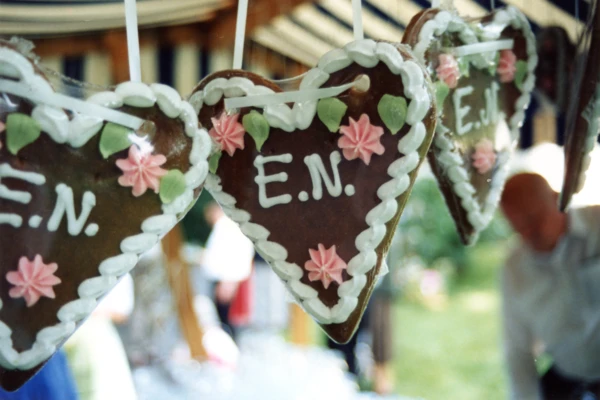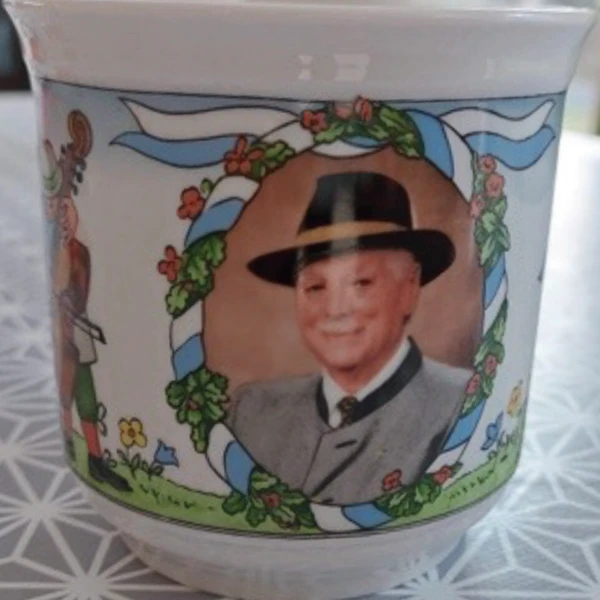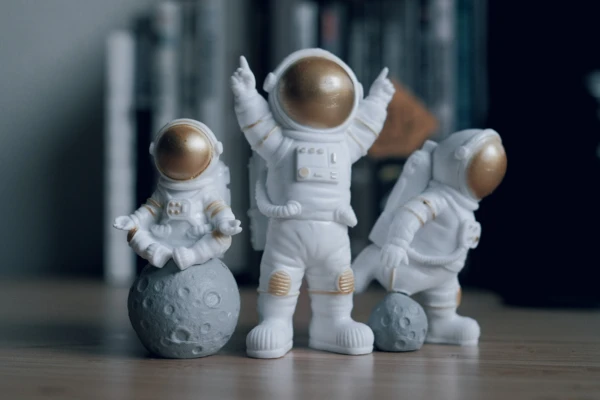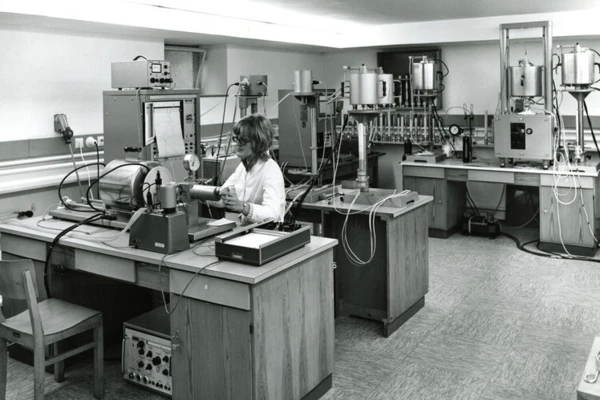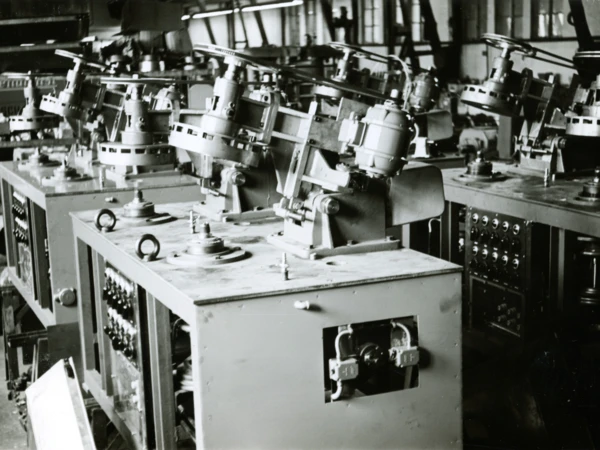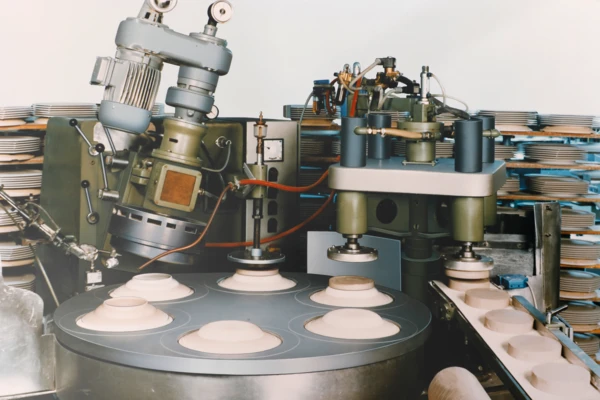150 Years Proven Excellence
What began 150 years ago in a small workshop has developed into an internationally active group of companies. Many milestones have shaped our company history in a very special way and ensured that we will be able to celebrate a great company anniversary in 2023.
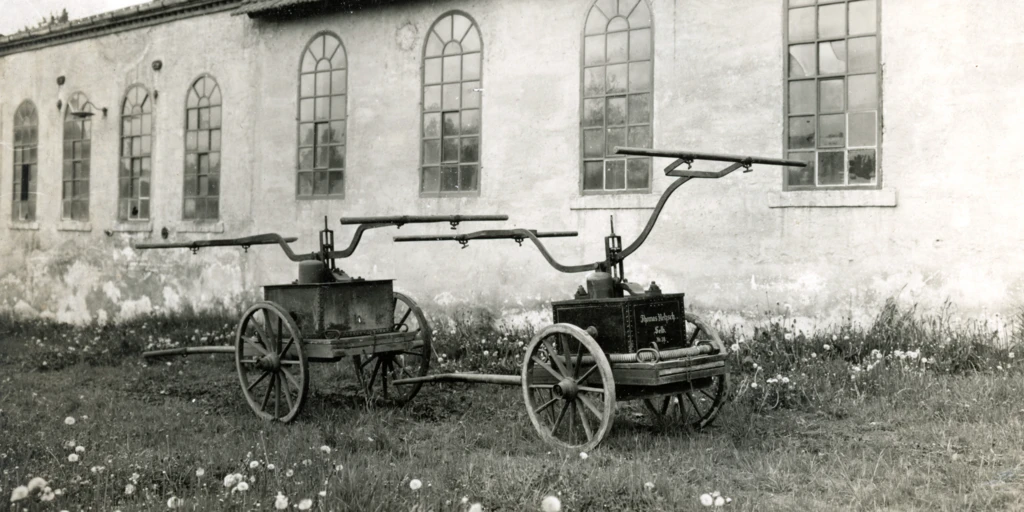
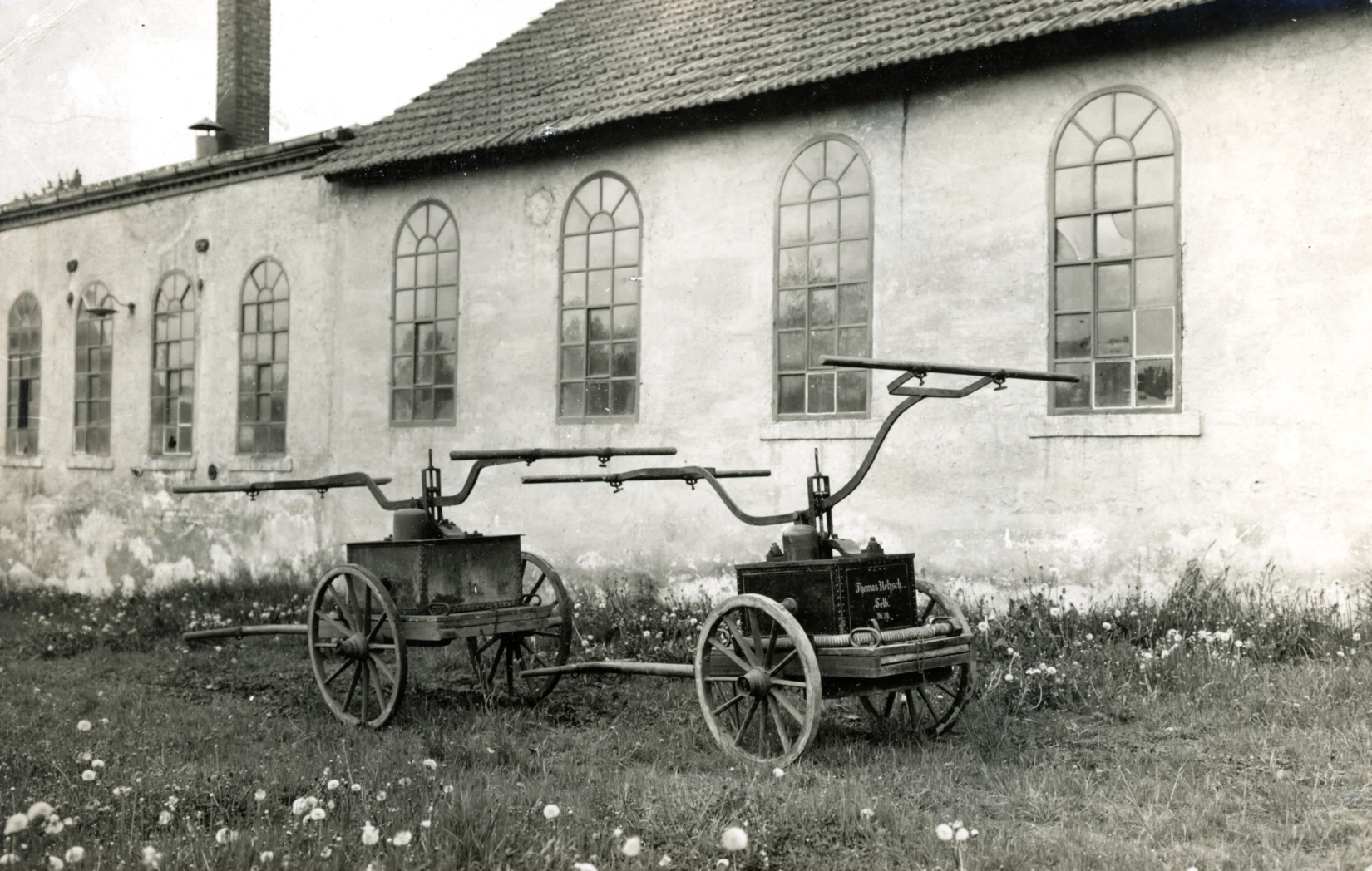
New Story
Charge the hose line!
Check out the most recent short story about NETZSCH company history from 1873.
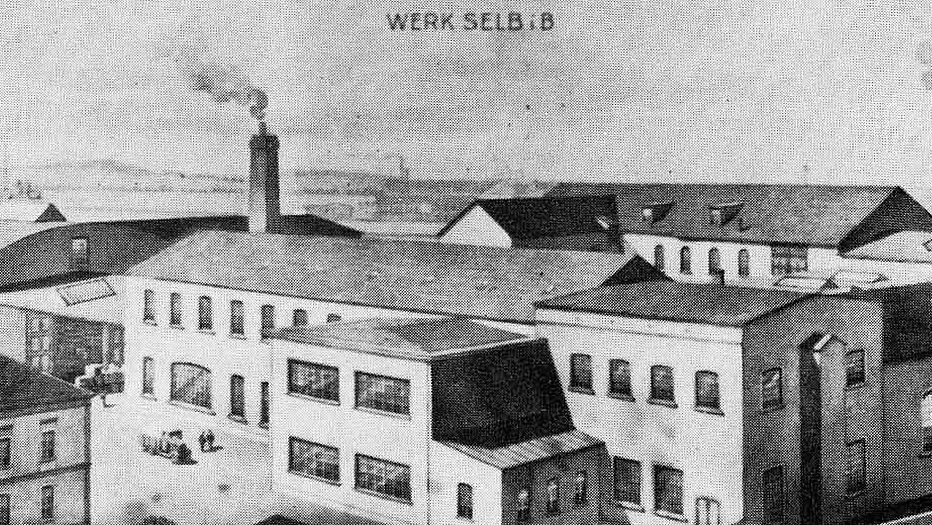
150 Years of NETZSCH
1993
Yellow Submarine?
No, but a yellow machine on the green meadow.
Sounds like a funny colour combo, but it actually happened.
In 1993 NETZSCH designed the purported “Modul 2000” which constitutes a transportable grinding and dispersing plant on an industrial scale. Weighing 15 tons, the 1,5 million DM worth engine, in which 7 unique NETZSCH-Innovations were installed, was a real eye-catcher as it was built on a meadow next to Rotenbürger Straße right in front of Tirschenreuth.
The spectacle looked even more interesting because of the Nuremberg film team, which especially had to build tracks to fully catch the plant by one tracking shot.
What did NETZSCH want to show by doing that?
Toxic or dangerous dust particles stay captured inside the Modul 2000 so nature would not be harmed. A machine in the green, serving nature.
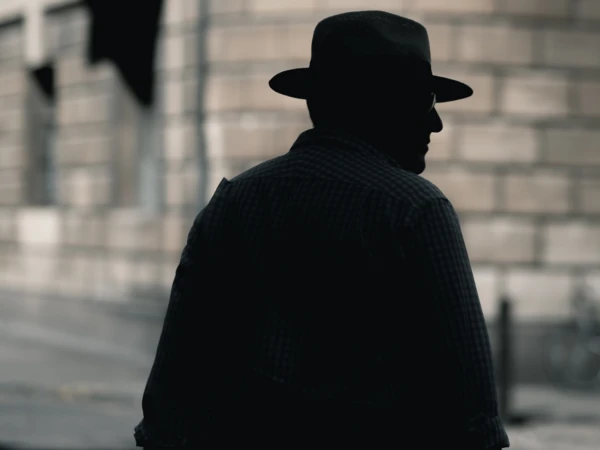
1970
Detective NETZSCH
We also have the expertise to solve criminal cases.
NETZSCH can do mechanical engineering - that's for sure. But who would have thought that we also have expertise in solving criminal cases?
In 1970, a series of burglaries is causing headaches for the police in Selb. There is a suspect, but no evidence - until a shoeprint is found, which the then head of the Selb police inspection, Gerhard Bock, photographs and takes a soil sample.
Although the suspect vehemently denies the crime, a house search is ordered. During the search, Bock finds, among other things, a pair of sneakers with a small amount of dirt on the tread. Since an expert opinion by the State Criminal Police Office would have taken six months, Bock turns to NETZSCH-Gerätebau.
By means of thermo-differential analysis, he is able to prove it: THE soil sample matches the dirt on the suspect's sneakers. Bock triumphs: The young man made a comprehensive confession.
From physicist to investigator - a career changer of a different kind.
1968
Like the Wild Wild West?
I guess that was nothing, cowboy.
Colleagues in Selb were astonished when an employee actually took a pistol to the workplace on August 8, 1968.
However, the would-be gunslinger's loaded gadget, which he apparently also uses by mistake, earns him nothing - except immediate dismissal, as evidenced by a corresponding letter dated the same day.
His risky action probably only crowns his previous tardiness and poor work performance.
I guess that was nothing, cowboy.

Getting Bigger.
Growth from a bird's eye view
NETZSCH from above: What still appears quite inconspicuous in the 1950s and 1960s with single buildings grows into a complex of production halls and office buildings by the 1980s.
The growth of the company, constant building activities and the economic importance of NETZSCH are documented by these undated photographs.
1929
Once upon a time in Asch
Selb was not always the center of NETZSCH.
The town of Asch, first located in Bohemia/Austria-Hungary, later in Czechoslovakia, initially served as a branch for production, which was headed by Erich NETZSCH from 1929.
When the consequences of the world economic crisis at the end of the 1920s caused the company to falter, Erich NETZSCH's father Gustav promoted Asch to headquarters - thus ensuring a new stability for the company. The Asch site retains this important role until 1945, when the world reorganizes. After the Second World War, NETZSCH begins anew - at its original location in Selb.
We take a look at the Asch site at that time.
The transformation of our NETZSCH logo
A journey through time.
The name NETZSCH in capitals, in characteristic sea green. Concise, modern, straightforward, including the claim - this is how NETZSCH appears visually today. But we looked quite different in the past.
After all, even the face of the former "Gebrüder NETZSCH Maschinenfabrik", our corporate design, has moved with the times and has been refreshed from time to time. Most recently in 2019.
Here's our logo metamorphosis:
1988
Merchandise made of icing
85th Birthday of Erich NETZSCH
It's certainly not a day like any other when employees are suddenly out and about with gingerbread hearts around their necks, emblazoned with Erich NETZSCH's initials written in icing.
For his 85th birthday in 1988, the company patriarch didn't let himself down: the gingerbread hearts were just one of the special features of the elaborate festivities. Anyone who wants to can also take home a mug showing the head of the company in traditional costume. Drinking coffee with the senior boss - that's what you call merchandising of a very personal kind.
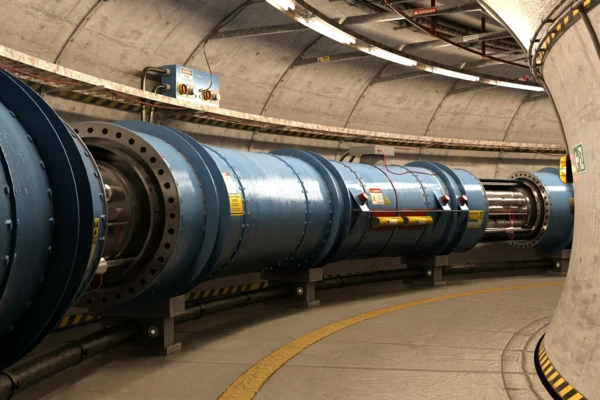
2014
It's a match
CERN. And what this has to do with us
The world's most powerful particle laboratory and the world's most powerful thermophysical measurement technology - what belongs together comes together.
Located near Geneva, part in Switzerland, part in France, the large-scale research facility CERN conducts nuclear research. Currently the largest particle physics laboratory in the world, it provides data that explains the interactions between elementary particles - and ensures the structure of the matter that surrounds us.
What this has to do with us?
In 2014, CERN set up a laboratory to study the thermophysical properties of this matter. NETZSCH is selected at that time as the supplier for the measurement of thermal expansion, specific heat and temperature & thermal conductivity.
The world's most powerful particle laboratory and the world's most powerful thermophysical measurement technology - what belongs together comes together.
1986
Not from this world!
The space and NETZSCH.
Even Franz Josef Strauß was impressed of the equipment used to test the heat shield tile of a space shuttle.
The space and NETZSCH.
Franz Josef Strauß was also interested in what this was all about when he visited NETZSCH Gerätebau in Selb in 1986.
The former Minister President was shown every piece of equipment used to test the heat shield tile of a space shuttle - and was presumably impressed.
Because the device has truly extraterrestrial capabilities: It can measure the weight of a material at temperatures ranging from -150 to +2500 °C. The customer uses it to simulate changes in the ceramic shield of his space shuttle when it re-enters the earth's atmosphere.
Our equipment manufacturing division is also active elsewhere in space: In January 2013, it announced that it is "the sole supplier of the high-temperature analysis apparatus used to determine material properties for space applications. " In doing so, we are able to provide customized solutions & customization of equipment to meet requirements - e.g. for the engines of launch vehicles.
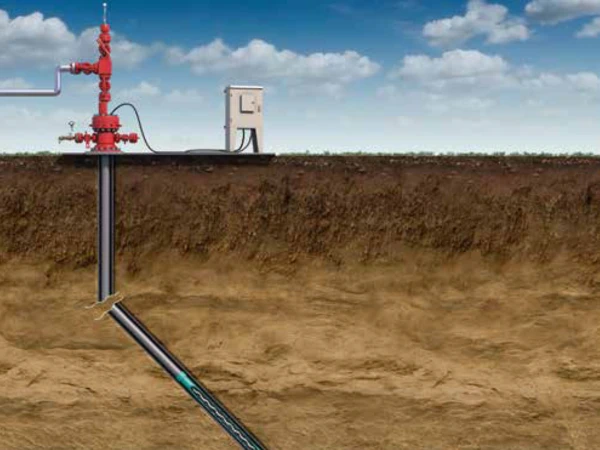
2018
Premiere in Europe!
NETZSCH is the first to do so!
"NETZSCH IS THE FIRST IN EUROPE: Use of an eccentric screw downhole pump with hollow rods," triumphs the NETZSCH people issue 53/2018, at the same time announcing a special premiere for the Pumps & Systems Business Unit.
The described pump is used for oil pumping. Due to kerosene residues inside the conveying pipe, this is often challenging because the pipe has to be cleaned chemically or thermally.
The trick: We installed a so-called hollow rod in the conveying pipe through which the chemical cleaning liquid can be fed without the pump being exposed to the risk of being damaged.
Not so hollow at all, this rodding.
1960
Rolling plates!
Okay, that sounds a bit strange at first.
But plate roller machines actually revolutionized the production of flatware in Germany.
Plate roller machines actually revolutionized the production of flatware in Germany from the 1960s onwards, giving flat plates made of porcelain their shape.
The roller method itself originated in England 🇬🇧, was brought across the English Channel by NETZSCH and then adapted accordingly.
In the photos, we take a brief look back at that time when NETZSCH, as a ceramics machine manufacturer, also contributed to the partial automation of the ceramics industry and brought progress to Selb.
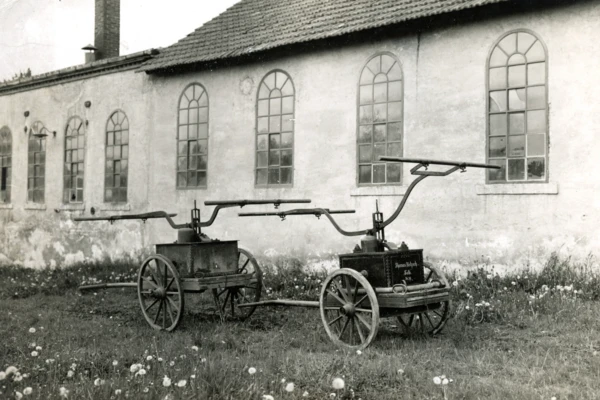
1873
Charge the hose line!
The most innovative companies start in a garage. At least, that's the start-up myth.
A similar story holds true for NETZSCH. Except that in 1873, the garage is a workshop where Christian and Thomas Netzsch lay the foundation for their machine factory.
The business idea: water sprayers for the fire department.
The latter is obviously very impressed by this first excellent product of the NETZSCH brothers.
In 1878, the Selber Tagblatt published appreciative lines from the Weissenbach Volunteer Fire Department, which thanked "Mr. Thomas Netzsch, the manufacturer, for his solid work, which was excellent in every respect, and also worthy of a prize." Other fire departments also relied on NETZSCH fire department sprayers.
An anecdote that shows: Even in the founding years, absolute customer orientation and satisfaction is the trump card at NETZSCH.
